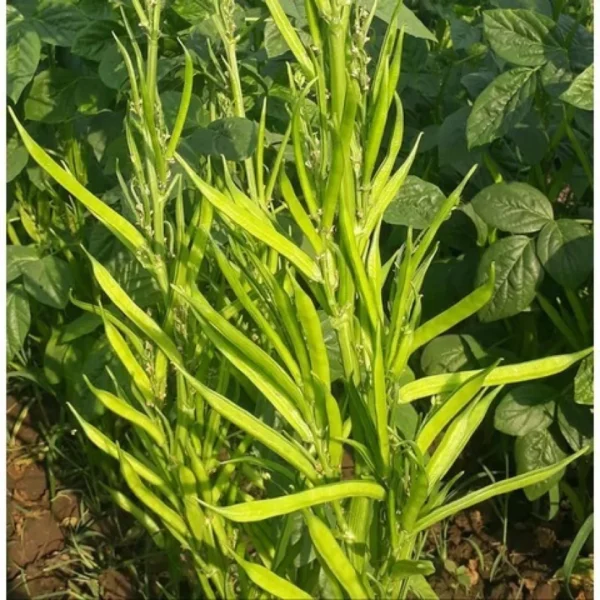The mango (Mangifera indica) is a tropical fruit tree renowned for its sweet, juicy fruit and its wide range of uses and benefits. Here’s a detailed look at the mango tree:
Botanical Characteristics
- Size: Mango trees can grow up to 30-40 meters (100-130 feet) tall, though in cultivation, they are often pruned to be smaller for easier harvesting.
- Leaves: The leaves are elongated and have a glossy, dark green appearance. They are arranged alternately along the branches.
- Flowers: The mango tree produces small, fragrant flowers that are typically yellowish-green. They grow in large panicles, which are the flower clusters that can be several feet long.
- Fruit: Mangoes are drupes, meaning they have a single large seed surrounded by juicy flesh. The fruit varies in size, shape, and color, ranging from green to yellow to red when ripe. The flesh is sweet, with a flavor that can range from tangy to very sweet depending on the variety.
Cultivation and Varieties
- Growing Conditions: Mango trees thrive in tropical and subtropical climates. They prefer well-drained soil and full sun. They are relatively drought-tolerant once established but need adequate water during fruit development.
- Varieties: There are hundreds of mango varieties, each with distinct flavors, textures, and colors. Some popular varieties include Alphonso (also known as Hapus), Kent, Tommy Atkins, and Haden.
Economic and Nutritional Importance
- Economic Value: Mangoes are a major fruit crop in many tropical countries. They are consumed fresh, processed into juices, jams, and chutneys, or dried. Mangoes also play a significant role in local economies, providing income for many farmers.
- Nutritional Benefits: Mangoes are rich in vitamins, particularly vitamin C, vitamin A, and several B vitamins. They also provide dietary fiber, antioxidants, and essential minerals such as potassium and magnesium. The fruit is known for its potential health benefits, including supporting immune function, promoting digestion, and contributing to healthy skin.
Cultural Significance
- Symbolism: In many cultures, the mango is considered a symbol of prosperity and fertility. In India, for example, the mango tree is often associated with auspiciousness and is mentioned in various cultural and religious contexts.
- Culinary Uses: Mangoes are used in a variety of culinary applications. They can be eaten fresh, added to salads, or used in desserts such as mango sorbet, lassi (a yogurt-based drink), and mango sticky rice. Mangoes are also used in savory dishes and sauces in various cuisines.
Pests and Diseases
- Pests: Mango trees can be affected by various pests, including mango weevils and scale insects. Regular monitoring and management practices are essential to keep pests under control.
- Diseases: Mango trees are susceptible to fungal diseases such as anthracnose and powdery mildew. Proper sanitation and disease management practices help in mitigating these issues.
Overall, the mango is not only a delicious and versatile fruit but also a vital agricultural product with significant economic, nutritional, and cultural value







Reviews
There are no reviews yet.